Home>Furniture & Design>Interior Design Trends>How Many Calories Is A Glass Of Vodka
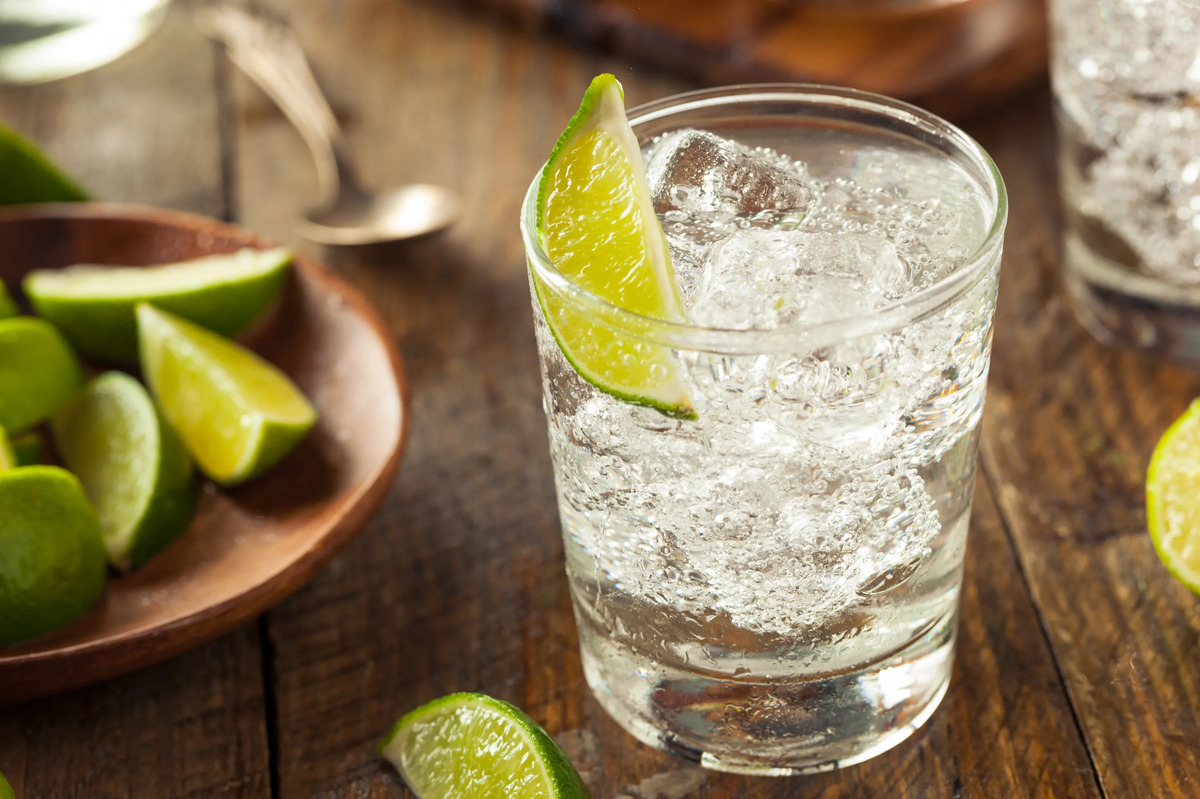

Interior Design Trends
How Many Calories Is A Glass Of Vodka
Published: February 5, 2024
Discover the calorie count in a glass of vodka and stay updated on the latest interior design trends. Learn more about vodka calories and interior design ideas.
(Many of the links in this article redirect to a specific reviewed product. Your purchase of these products through affiliate links helps to generate commission for Storables.com, at no extra cost. Learn more)
Introduction
Vodka, a popular distilled spirit, has been enjoyed by people around the world for centuries. Its clear, neutral flavor and versatility in cocktails make it a staple in bars and households alike. However, as with any alcoholic beverage, it's important to understand the nutritional aspects of vodka, including its calorie content and potential impact on health.
In this article, we will delve into the world of vodka and explore the often overlooked topic of its calorie content. While many individuals are aware of the potential health risks associated with excessive alcohol consumption, the specific caloric implications of consuming vodka are not always well understood. By shedding light on the calorie content of vodka and its potential health implications, we aim to provide valuable insights for those who enjoy this popular spirit.
Throughout this article, we will examine the factors that contribute to the calorie content of vodka, the impact of different serving sizes, and the potential health implications of consuming vodka. By gaining a deeper understanding of these aspects, readers will be better equipped to make informed decisions about their alcohol consumption and its potential impact on their overall well-being.
So, let's embark on this journey to uncover the calorie content of vodka and gain a comprehensive understanding of its nutritional aspects. Whether you're a vodka enthusiast, a health-conscious individual, or someone simply seeking to expand your knowledge, this exploration will provide valuable insights into the often overlooked intersection of spirits and nutrition.
Key Takeaways:
- 1. Vodka contains about 97 calories in a standard 1.5-ounce serving, and factors like alcohol content and mixers can affect its calorie count. It’s important to be mindful of vodka’s caloric impact on your overall diet.
- 2. Enjoy vodka responsibly and in moderation, as excessive consumption can have negative effects on your physical and mental well-being. Understanding its calorie content and health implications is key to making informed choices.
Read more: How Many Calories Is A Glass Of Whiskey
Understanding Vodka
Vodka, a colorless and odorless distilled spirit, is renowned for its versatility and widespread popularity in the world of mixology. It is typically made from fermented grains or potatoes, although modern variations may also utilize fruits or sugar. The distillation process results in a high-proof alcohol with a clean, neutral flavor profile, making it a favored base for a wide array of cocktails.
One of the defining characteristics of vodka is its ability to blend seamlessly with other ingredients, allowing mixologists to craft an extensive range of cocktails to suit diverse palates. From classic martinis to innovative concoctions, vodka serves as a versatile canvas for creative mixology endeavors.
In terms of production, vodka undergoes a meticulous distillation process to achieve its signature purity and clarity. The distillation process involves heating the fermented base to create alcohol vapor, which is then condensed back into liquid form. This meticulous process contributes to the smooth and refined nature of vodka, distinguishing it from other spirits with more pronounced flavor profiles.
Furthermore, the filtration process plays a crucial role in refining the character of vodka. Many producers employ various filtration methods, such as charcoal filtration, to further purify the spirit and achieve a pristine, smooth finish. This dedication to purity and clarity underscores the emphasis on achieving a clean and neutral flavor profile that defines the essence of vodka.
Vodka's versatility extends beyond the realm of mixology, as it is also enjoyed in its pure form. Whether sipped neat, on the rocks, or as part of a classic cocktail, vodka offers a blank canvas for flavor exploration and serves as a cornerstone of the spirits industry.
In summary, vodka's appeal lies in its neutral flavor, versatility, and adaptability in the realm of mixology. Its production involves meticulous distillation and filtration processes, resulting in a high-proof spirit with a clean and refined character. Understanding the essence of vodka sets the stage for exploring its caloric implications and the potential impact on overall health, which we will delve into in the subsequent sections.
Calories in Vodka
When it comes to the calorie content of vodka, it's essential to consider the impact of alcohol on overall nutrition. Vodka, like other alcoholic beverages, contributes to the daily caloric intake due to its alcohol content. The caloric content of vodka primarily stems from its alcohol content, as alcohol itself contains calories.
On average, a standard 1.5-ounce (44-milliliter) serving of 80-proof vodka contains approximately 97 calories. However, it's important to note that the calorie content can vary based on the proof (alcohol by volume) of the vodka. Higher-proof vodkas will contain more calories per serving, while lower-proof variations will have a slightly lower calorie count.
The calorie content of vodka is primarily derived from the alcohol itself, as it provides approximately 7 calories per gram. This means that the higher the alcohol content in a serving of vodka, the more calories it will contribute to one's overall caloric intake. Additionally, any mixers or additives used in cocktails will further increase the calorie count, as they introduce additional sugars, syrups, or juices.
Understanding the calorie content of vodka is crucial for individuals who are mindful of their daily caloric intake or are seeking to make informed choices about their alcohol consumption. By being aware of the caloric implications of vodka, individuals can incorporate it into their overall dietary considerations and make conscious decisions about their consumption patterns.
In summary, the calorie content of vodka is primarily influenced by its alcohol content, with higher-proof variations containing more calories per serving. By understanding the calorie content of vodka, individuals can make informed choices about their alcohol consumption and consider its impact on their overall nutritional intake.
Factors Affecting Vodka Calories
Several factors contribute to the overall calorie content of vodka, extending beyond its alcohol by volume (ABV) and serving size. Understanding these factors provides valuable insights into the caloric implications of consuming vodka and allows individuals to make informed choices about their alcohol consumption.
Alcohol by Volume (ABV)
The alcohol by volume (ABV) of vodka plays a pivotal role in determining its calorie content. Vodka typically ranges from 35% to 50% ABV, with higher-proof variations containing more alcohol and consequently more calories per serving. As mentioned earlier, alcohol itself contributes approximately 7 calories per gram, making the ABV a significant factor in the overall calorie count of vodka.
Read more: How Many Calories Is A Glass Of Milk
Serving Size
The serving size of vodka directly impacts its calorie content. A standard serving of vodka is 1.5 ounces (44 milliliters), which contains approximately 97 calories for an 80-proof vodka. Larger serving sizes will naturally contain more calories, while smaller portions will contribute fewer calories to one's overall intake. It's important for individuals to be mindful of their serving sizes to accurately gauge the caloric impact of their vodka consumption.
Mixers and Additives
The addition of mixers and additives in vodka-based cocktails can substantially increase the calorie content of the beverage. Sweetened mixers, fruit juices, syrups, and sodas introduce additional sugars and carbohydrates, contributing to the overall caloric intake. Furthermore, creamy or high-calorie mixers can significantly elevate the calorie count of vodka-based drinks. Being cognizant of the mixers used in cocktails is crucial for those monitoring their caloric consumption.
Flavored Vodkas
Flavored vodkas, infused with various fruits, spices, or botanicals, may contain added sugars or artificial flavorings, impacting their calorie content. While the calorie variance between unflavored and flavored vodkas may be minimal, individuals seeking to manage their caloric intake should consider the potential impact of flavored variations on their overall dietary plan.
Overall Alcohol Consumption
The cumulative effect of alcohol consumption, including vodka, on one's daily caloric intake should be taken into account. Regular and excessive alcohol consumption can lead to an increase in overall caloric intake, potentially contributing to weight gain and other health implications. Understanding the collective impact of alcohol consumption is essential for maintaining a balanced and mindful approach to dietary choices.
By considering these factors, individuals can gain a comprehensive understanding of the caloric implications of consuming vodka. Awareness of the ABV, serving size, mixers, flavored variations, and overall alcohol consumption provides valuable insights for those seeking to manage their caloric intake and make informed decisions about their alcohol consumption.
Read more: How Many Calories Is A Glass Of Riesling?
Health Implications of Vodka Consumption
The consumption of vodka, like any alcoholic beverage, carries significant health implications that extend beyond its caloric content. While moderate alcohol consumption has been associated with certain potential health benefits, it's essential to approach vodka consumption with a balanced understanding of its impact on overall health and well-being.
Moderation and Responsible Consumption
Moderation is key when it comes to consuming vodka. Excessive alcohol intake can lead to a myriad of health issues, including liver damage, cardiovascular complications, and an increased risk of certain cancers. It's crucial for individuals to consume vodka responsibly and within recommended limits to mitigate the potential health risks associated with excessive alcohol consumption.
Impact on Mental and Emotional Well-being
Vodka consumption, like other forms of alcohol consumption, can have an impact on mental and emotional well-being. While some individuals may perceive alcohol as a means of relaxation or stress relief, excessive consumption can lead to mood disturbances, anxiety, and depression. Understanding the psychological implications of vodka consumption underscores the importance of mindful and moderate intake.
Liver Health and Function
The liver plays a central role in metabolizing alcohol, including vodka. Excessive and prolonged alcohol consumption can lead to liver damage, inflammation, and the development of conditions such as fatty liver disease and cirrhosis. It's imperative for individuals to be mindful of their alcohol consumption to safeguard the health and function of this vital organ.
Read more: How Many Calories Is A Glass Of Prosecco
Cardiovascular Considerations
Moderate alcohol consumption, including vodka, has been associated with potential cardiovascular benefits, such as a reduced risk of heart disease. However, it's essential to emphasize that these potential benefits are contingent on moderate intake. Excessive alcohol consumption can have detrimental effects on cardiovascular health, including an increased risk of hypertension, arrhythmias, and cardiomyopathy.
Weight Management and Metabolic Impact
The caloric content of vodka, along with its potential impact on metabolism, is a crucial consideration for individuals mindful of their weight and overall metabolic health. Excessive alcohol consumption can contribute to weight gain and disrupt metabolic processes, potentially leading to insulin resistance and other metabolic complications.
Overall Lifestyle and Well-being
The broader lifestyle implications of vodka consumption should also be taken into account. Alcohol consumption can influence sleep patterns, energy levels, and overall vitality. Understanding the holistic impact of vodka consumption on one's lifestyle and well-being provides valuable insights for individuals seeking to maintain a balanced and health-conscious approach to their alcohol consumption.
In summary, the health implications of vodka consumption encompass a wide spectrum of considerations, ranging from physical health to mental and emotional well-being. By approaching vodka consumption with mindfulness, moderation, and a comprehensive understanding of its potential impact, individuals can make informed choices that align with their overall health and wellness goals.
Conclusion
In conclusion, the calorie content of vodka is a significant aspect that warrants attention, especially for individuals who are mindful of their nutritional intake and overall health. Understanding the factors that contribute to the calorie count of vodka, including its alcohol by volume (ABV), serving size, mixers, and flavored variations, provides valuable insights for making informed decisions about alcohol consumption.
While a standard 1.5-ounce serving of 80-proof vodka contains approximately 97 calories, it's essential to consider the broader implications of vodka consumption on overall health and well-being. The potential health implications of vodka consumption extend beyond its caloric content, encompassing aspects such as liver health, cardiovascular considerations, mental and emotional well-being, and metabolic impact.
Approaching vodka consumption with moderation, mindfulness, and a comprehensive understanding of its potential impact on one's lifestyle and health is crucial. Responsible consumption, coupled with an awareness of the cumulative effects of alcohol intake, can empower individuals to make informed choices that align with their overall well-being.
By shedding light on the often overlooked topic of vodka's calorie content and its broader health implications, this exploration aims to provide valuable insights for individuals who enjoy this popular spirit. Whether sipped neat, mixed in cocktails, or enjoyed in moderation, vodka's caloric implications underscore the importance of mindful consumption and a balanced approach to alcohol intake.
Ultimately, the intersection of vodka and nutrition serves as a reminder of the multifaceted nature of dietary choices and the significance of informed decision-making. By integrating a nuanced understanding of vodka's calorie content and its potential impact on health, individuals can navigate their alcohol consumption with a holistic perspective, aligning their choices with their overall well-being and health goals.
Frequently Asked Questions about How Many Calories Is A Glass Of Vodka
Was this page helpful?
At Storables.com, we guarantee accurate and reliable information. Our content, validated by Expert Board Contributors, is crafted following stringent Editorial Policies. We're committed to providing you with well-researched, expert-backed insights for all your informational needs.
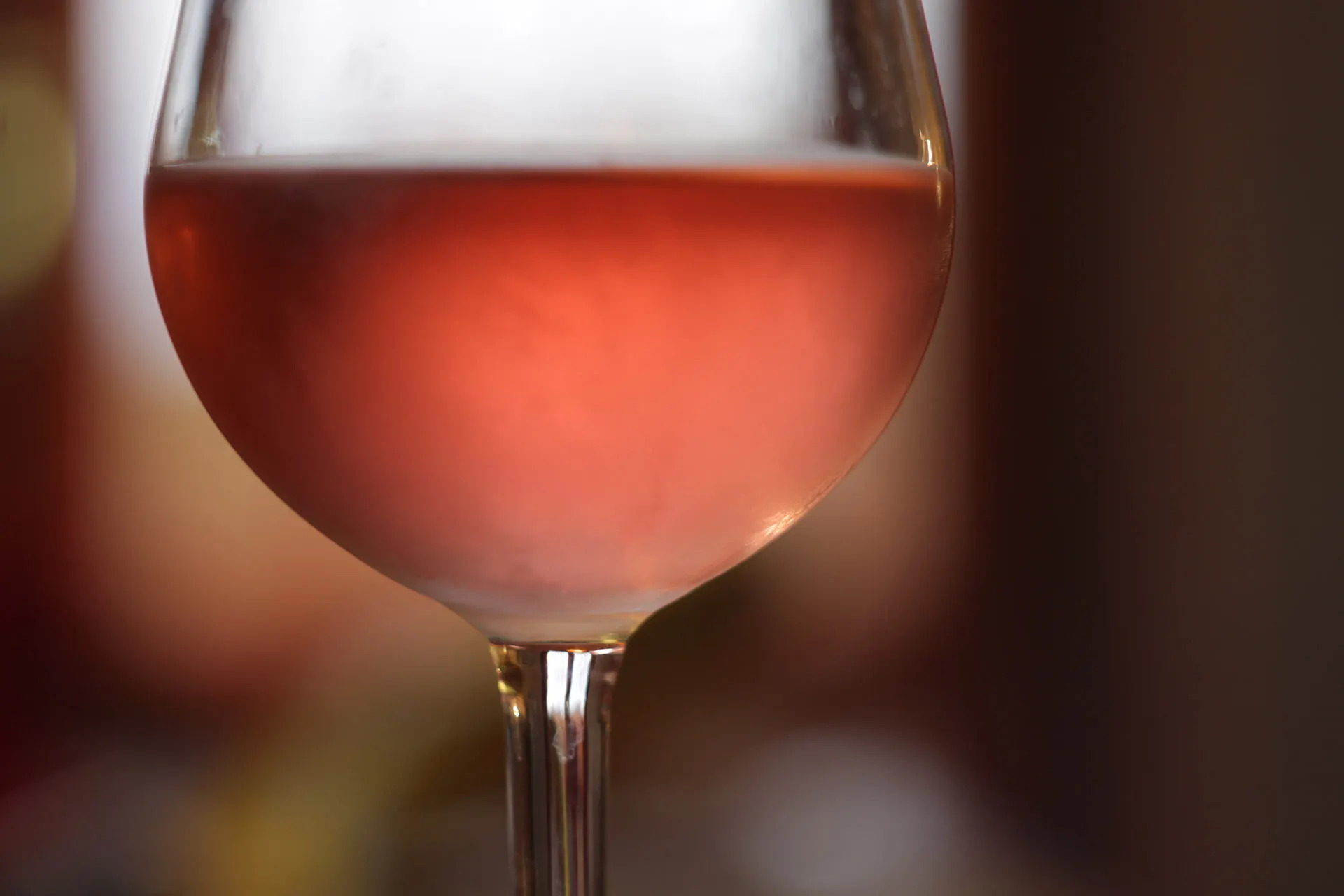


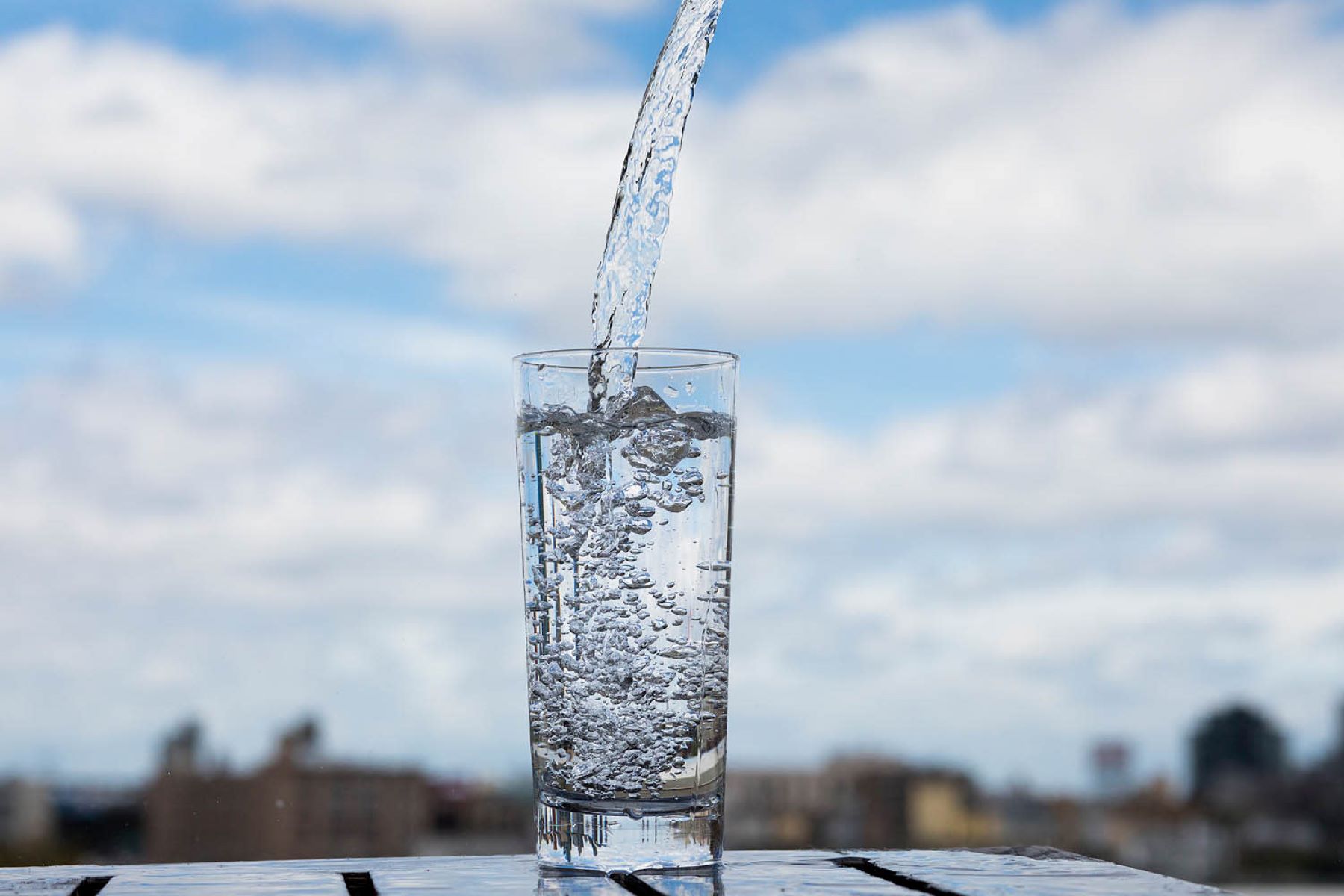


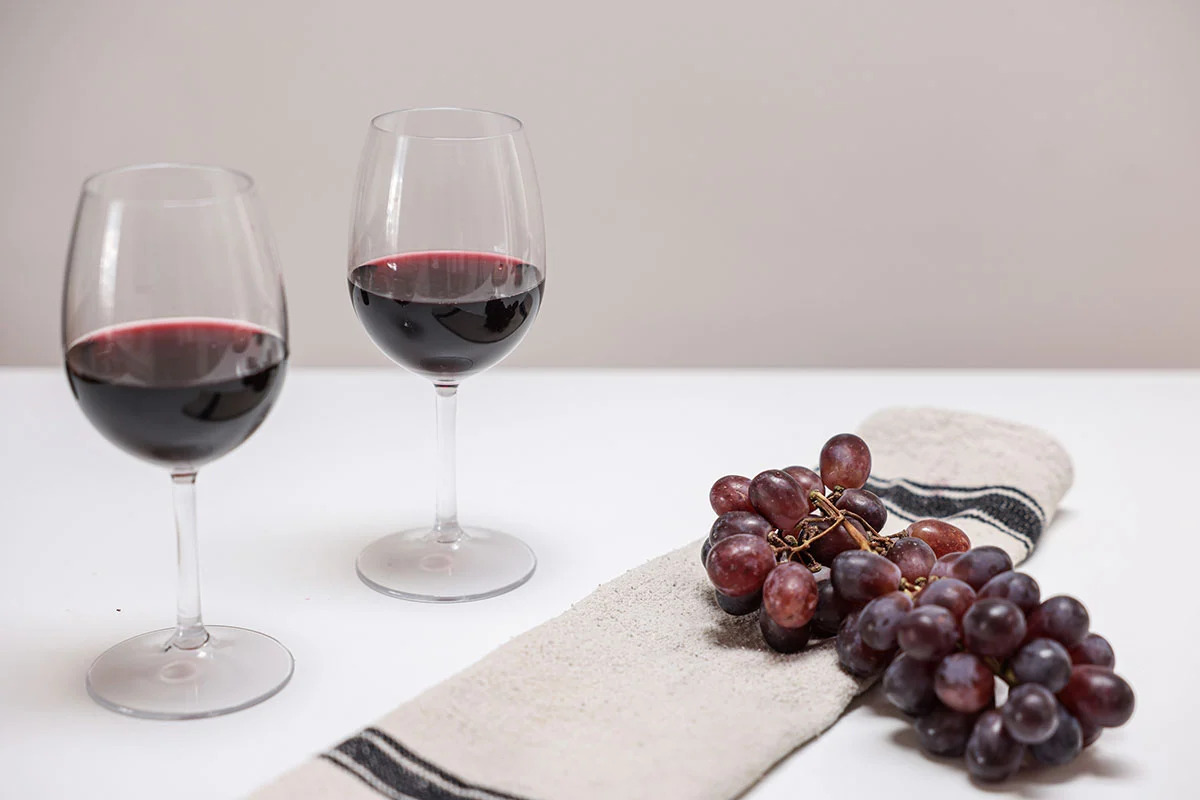


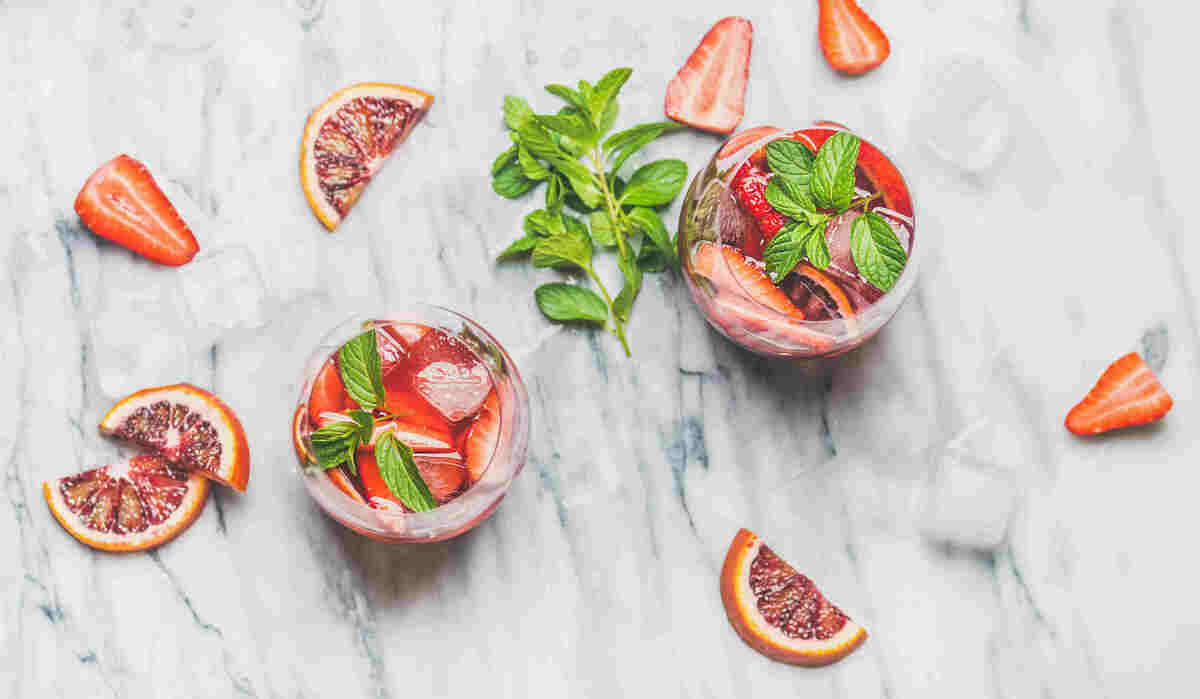
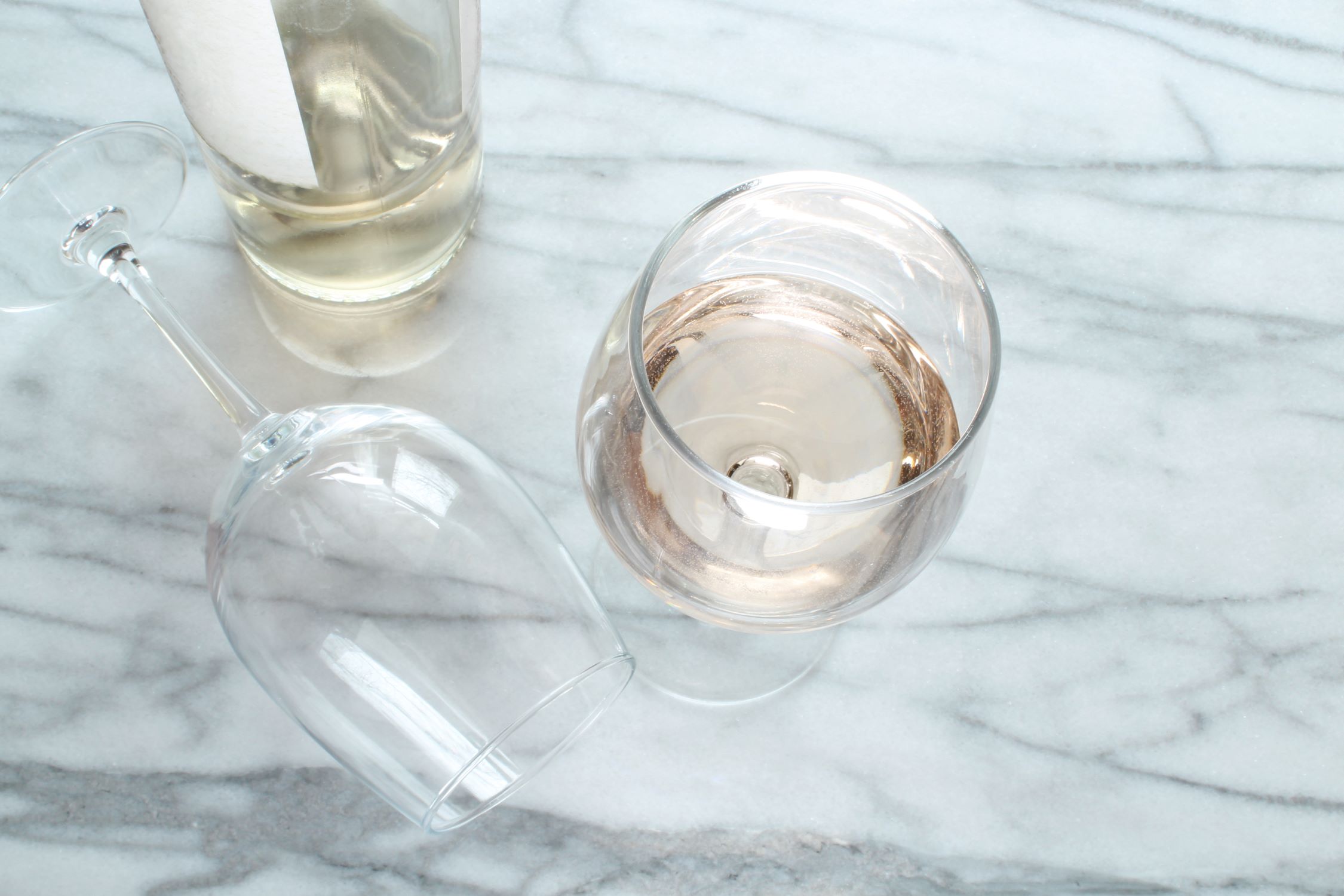


0 thoughts on “How Many Calories Is A Glass Of Vodka”